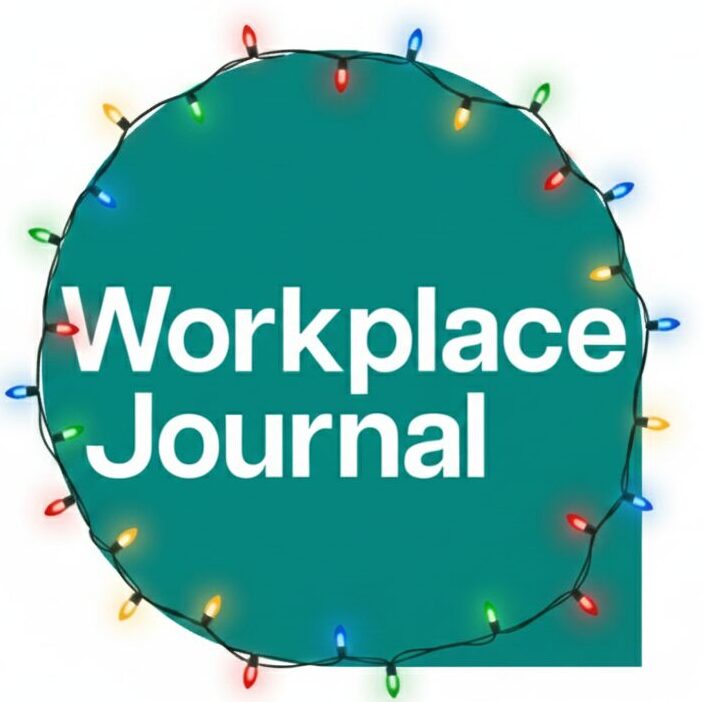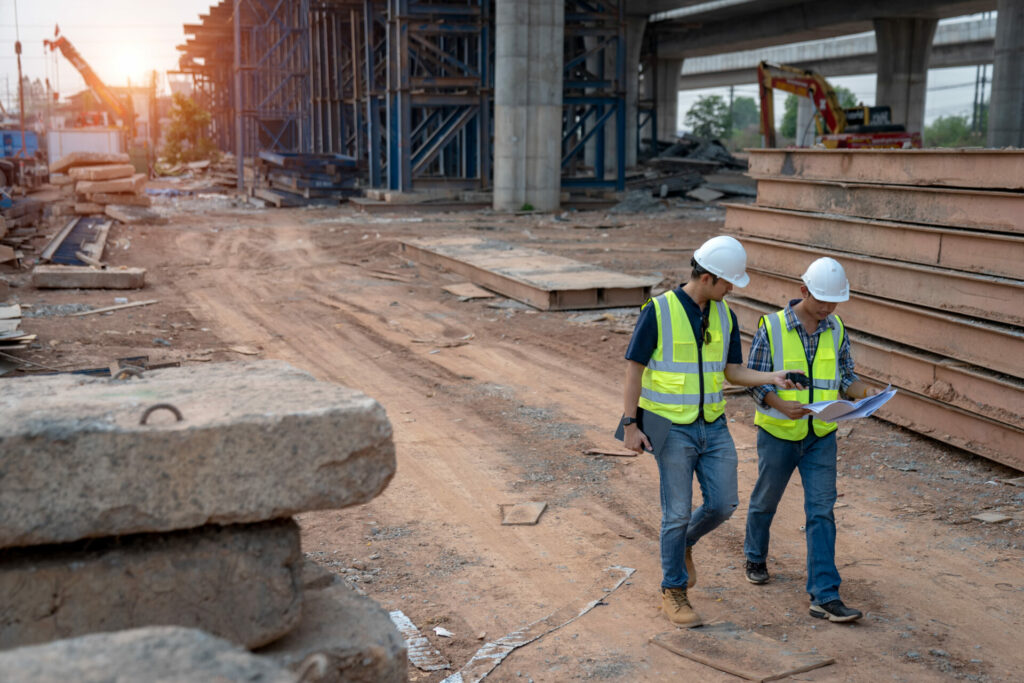If you’ve got good lung function in your early- to mid-20s, your path is paved for a potentially longer, healthier life, according to a major new study, covered recently by BBC Health. And it seems that many 20-somethings are already on that path, if Vitality data is anything to go by. Encouraging news, not only for the 20-somethings (otherwise known as Generation Z), but also for the prevention goals dominating the UK’s health agenda; namely, the NHS 10-year-plan and the government’s Get Britain Working review.
But there’s still big room for improvement here. And that means big room for HR to prove their mettle as a business partner. After all, prevention isn’t just something best left to government, or the responsibility of individuals alone. It arguably needs to be played out in organisations of all shapes and sizes across the UK, to tackle rising absence due to long-term health conditions. Plus the ongoing deterioration in UK productivity growth.
It’s becoming well understood that health is key to being productive at work. Vitality has previously reported that inactive employees lose 28% more productive time than those who regularly exercise.
So, next time the board is wrangling with how to improve productivity and defaulting toward an organisational restructure (around 70% of which fail), why not build the business case for improving the health of the workforce. Simple, yet effective. But all too often overlooked. Here’s some useful insights to help get started.
The healthier our lungs in our 20s, the more protected we are
It’s official. If you want to age gracefully, look after your lungs. So concludes an international study – the first if its kind apparently – which set out to assess how human lung function varies as we age. Published by an international team of respiratory experts, the study shows that our lung function peaks in our early to mid-20s. And the better our lung function at this peak age, the more resilient we are to a wide range of conditions in later life.
Based on data from around 30,000 men and women collected over the course of the 20th century, it reveals that the healthier our lungs in our 20s, the more protected we are. Not only against lung-related health conditions, but also a range of other illnesses associated with: elevated blood pressure; autoimmunity; metabolic disease; frailty; and even cognitive decline.
Regular exercise represents one of the top preventative steps that people can take to improve their lung function, according to the study. Other steps include: lowering salt in the diet; including fish oils, antioxidants and vitamins C and E in your diet; sticking to a healthy weight; quitting smoking and vaping; and perhaps even taking up singing or playing a wind instrument.
Gen Z: the first generation to live longer in good health?
We’ve long known that prevention pays. And creating healthy habits through behaviour change is crucial to this. That’s why we give our members the tools – such as programme incentives and support to be more active. In effect, setting people up well to live longer, healthier lives.
This is reflected in our wider data, which looked at the habits of more than one million Vitality members across South Africa and the UK over a 10-year period. It found that physical activity habits bring reductions in mortality risk, also reductions in the risk of type 2 diabetes and cancer. Plus, better eating habits, better sleep and psychiatric risk reduction.
With the additional findings from the lung health study in mind – and headline suggestions that Generation Z may be ‘the healthiest generation ever’ – we zoomed in on the physical activity of Vitality members in their 20s.
We found that, so far this year, a quarter (24%) of all our 20 to 24 year old members are getting active. And, encouragingly, we’re seeing an average 12% year-on-year increase in physical activity for this age group, since 2022.
And 25-29 year old members step up another gear. Nearly two in five (38%) are getting active this year. And we’ve recorded an average 11% year-on-year increase for this age group over the past three years.
This is really encouraging, but there’s more that can be done.
Our research shows that many individuals would like to start exercising, but face barriers; from financial worries to time constraints and demanding work schedules.
Top tips for better outcomes; for people and business
Employers have an opportunity to help with this. For example:
- Report at board level on the health and wellbeing of the employee base. Use this to ensure leaders understand key issues, such as where employees want or need more support, the uptake of health interventions, and opportunity for benefits to the business, namely better productivity.
- Review health status of employee base and uptake of existing health policies, health interventions and information, to understand what is currently working and where there might be gaps in existing policies or implementation. And ensuring this explores the differences between age and gender of the employee base.
- Embed health at work within performance criteria for managers to ensure that the health and wellbeing of their direct reports is considered. And examine the use of incentives to increase uptake of health and wellbeing policies and interventions.
- Create opportunities for ‘exercise snacks’ throughout the workday, tailored to different workplace environments (office, home working, onsite). This might include walking meetings, lunchtime yoga, Pilates or mobility sessions. Plus, nudges throughout the day to move more, if necessary.
Disease prevention might not be uppermost in the minds of people in their 20s. It’s got more to do with ‘improving their appearance’, according to research. But if a longer, healthier life proves to be a by-product, happy days; for our lungs, our lives, and for UK productivity growth.

















